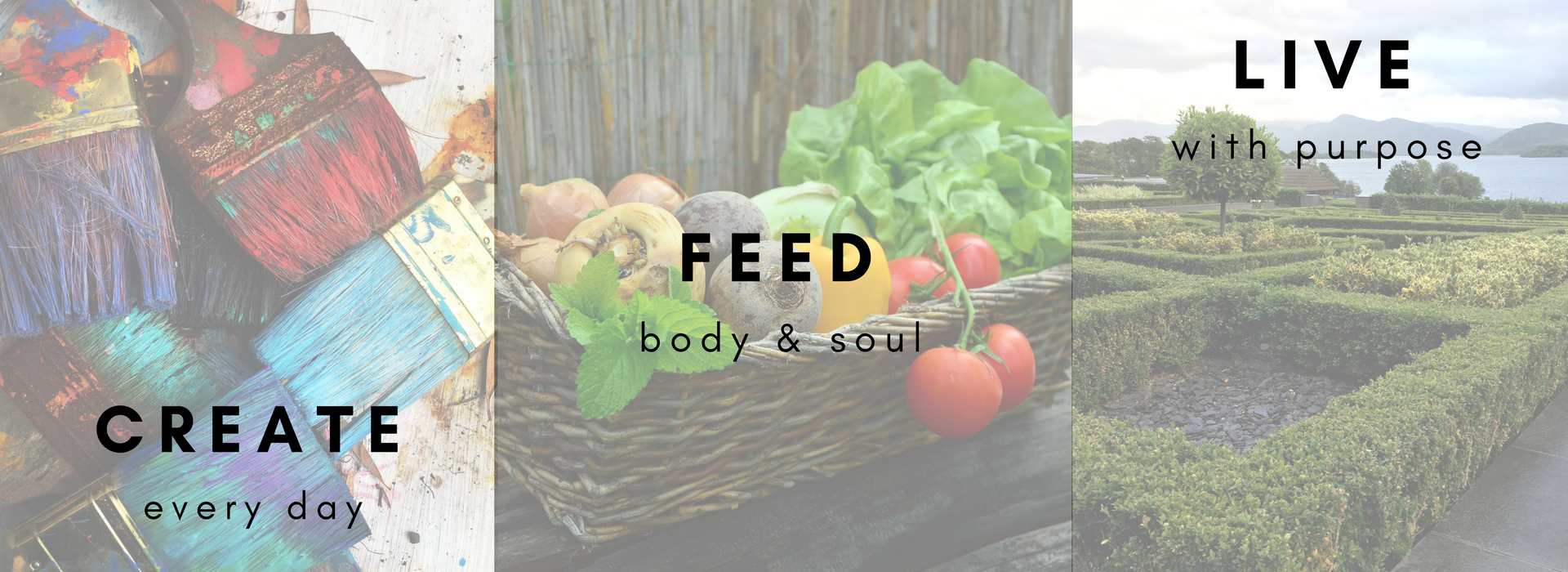Emily Dickinson’s famous poem, “‘Hope’ is the thing with feathers,” is often quoted. Usually just the first verse is referenced, but there are two other verses. Here is the poem in its entirety:
 “Hope” is the thing with feathers –
“Hope” is the thing with feathers –
That perches in the soul –
And sings the tune without the words –
And never stops – at all –
And sweetest – in the Gale – is heard –
And sore must be the storm –
That could abash the little Bird
That kept so many warm –
I’ve heard it in the chillest land –
And on the strangest Sea –
Yet – never – in Extremity,
It asked a crumb – of me.
I thought it quite telling in the last verse that the poet points out that Hope never asks for anything from us, but is content to sit by us through the storms of life, singing its sweet song constantly. Hope warms our souls on the coldest of days. It is always there, and we have only to take a moment and listen for its song to reassure ourselves that there is hope.
Although I don’t make my future dependent upon hope, I do hold hope quite dear. I have hopes for my children to be productive and contributing members of society. I have hopes that humanity can find the good in every situation. I have hopes that the future of the world is bright and beautiful. I can’t control any of these things myself, but I can make my small contribution.
I can teach my children that it is important to be responsible, caring citizens in their community. I can find the good in a situation and help others see it and find good for themselves. I can do my part to provide a brightness and beauty to the world; for me, that’s through writing and art. Emily Dickinson certainly did her part, in reminding us that hope is always there.


